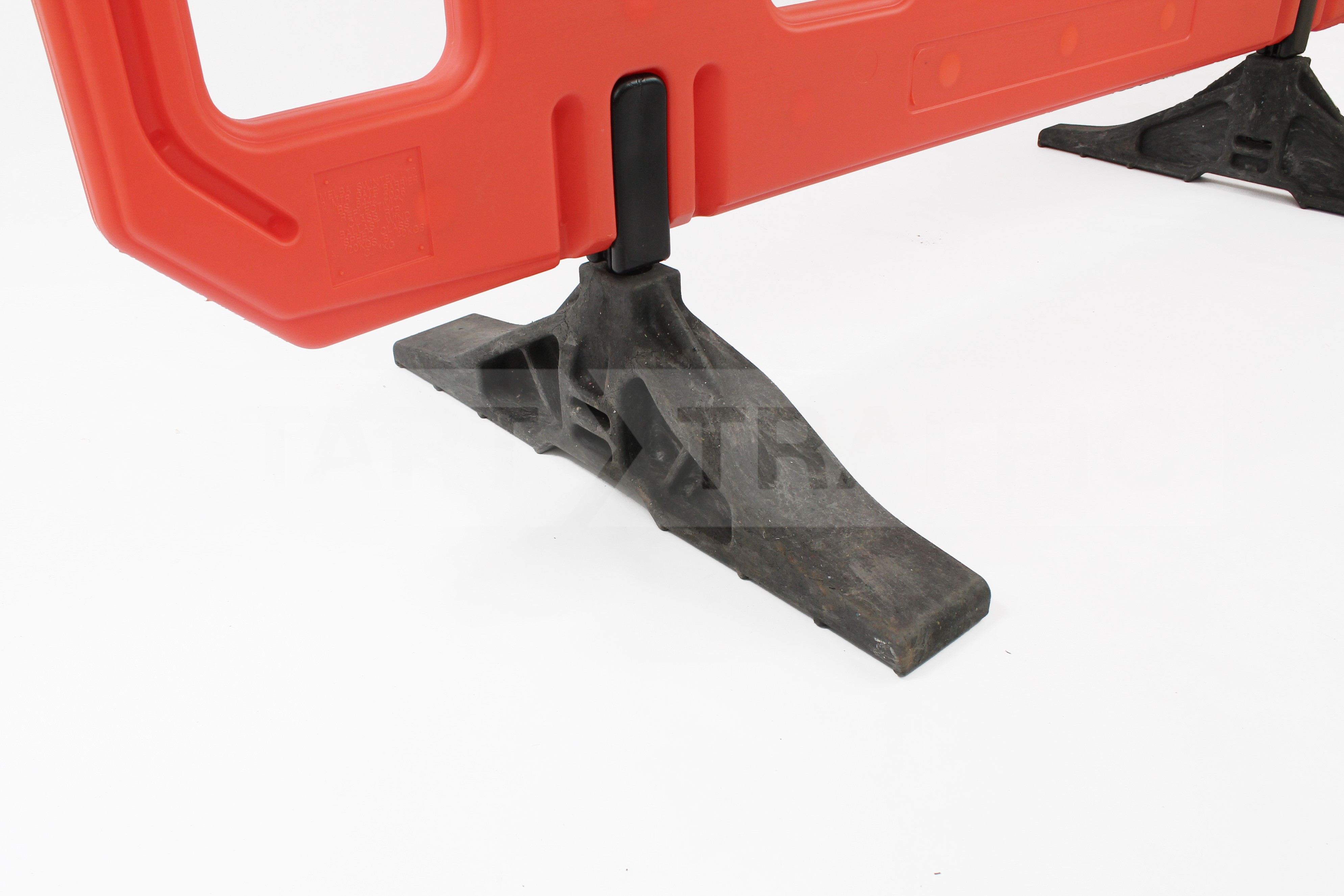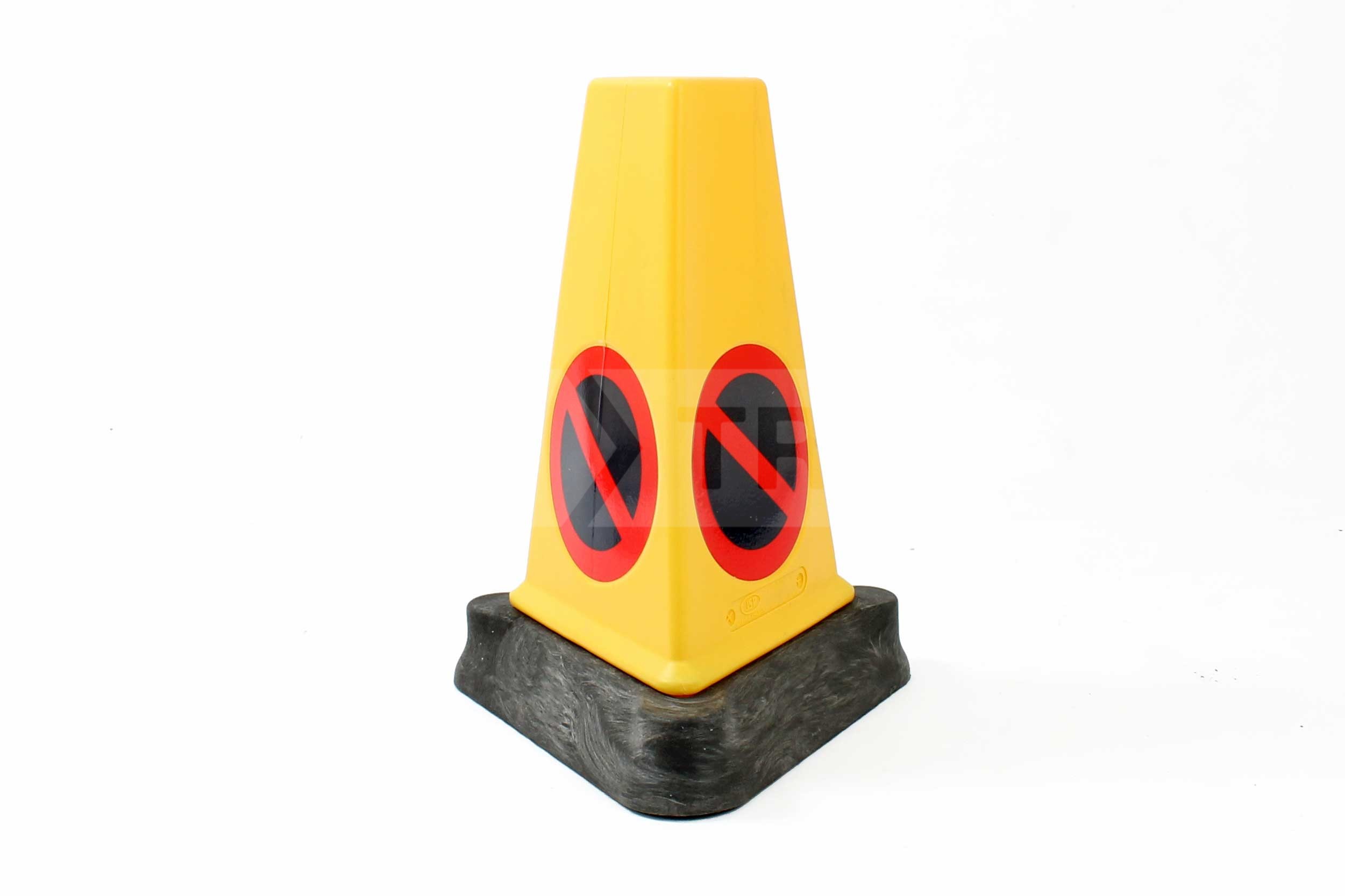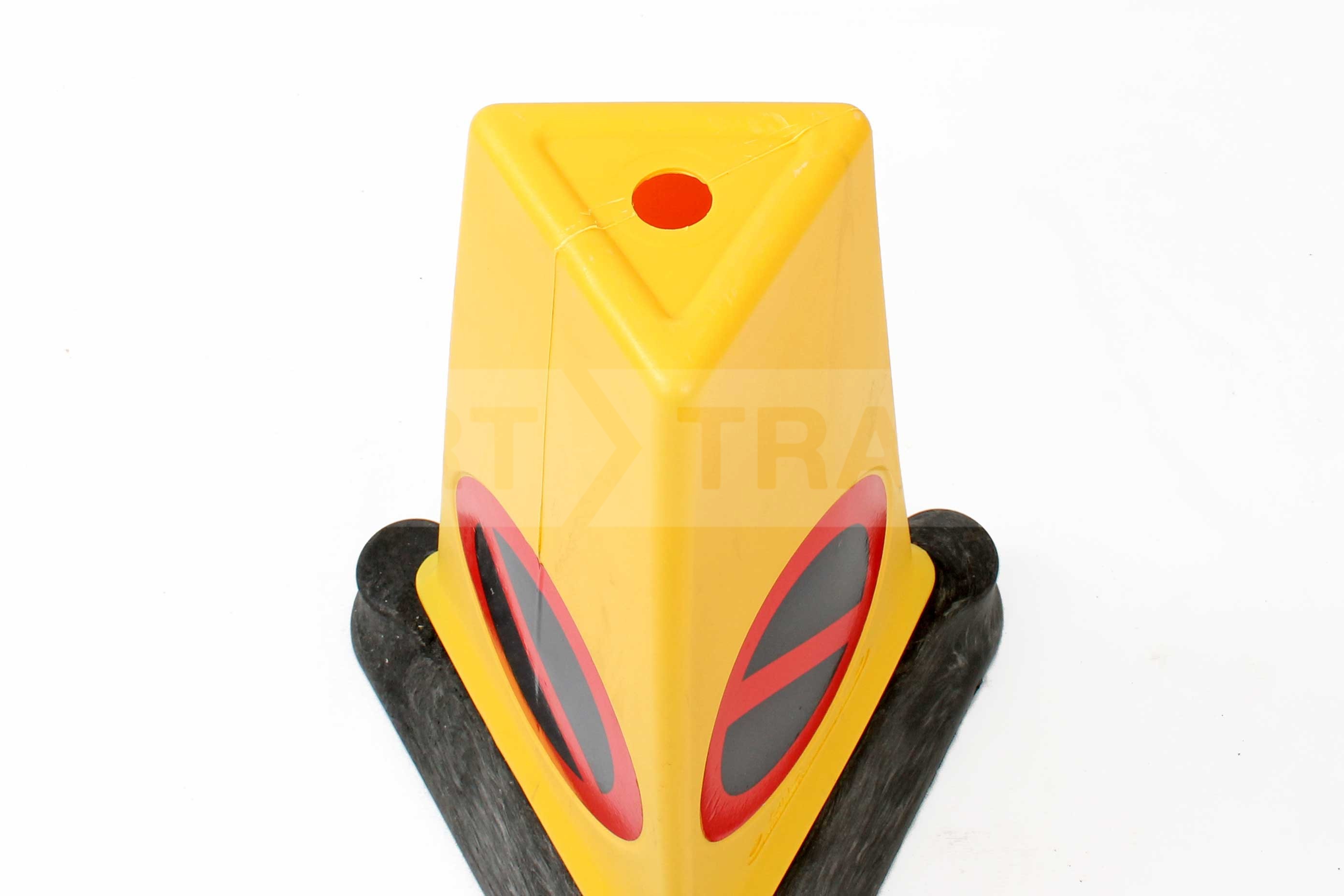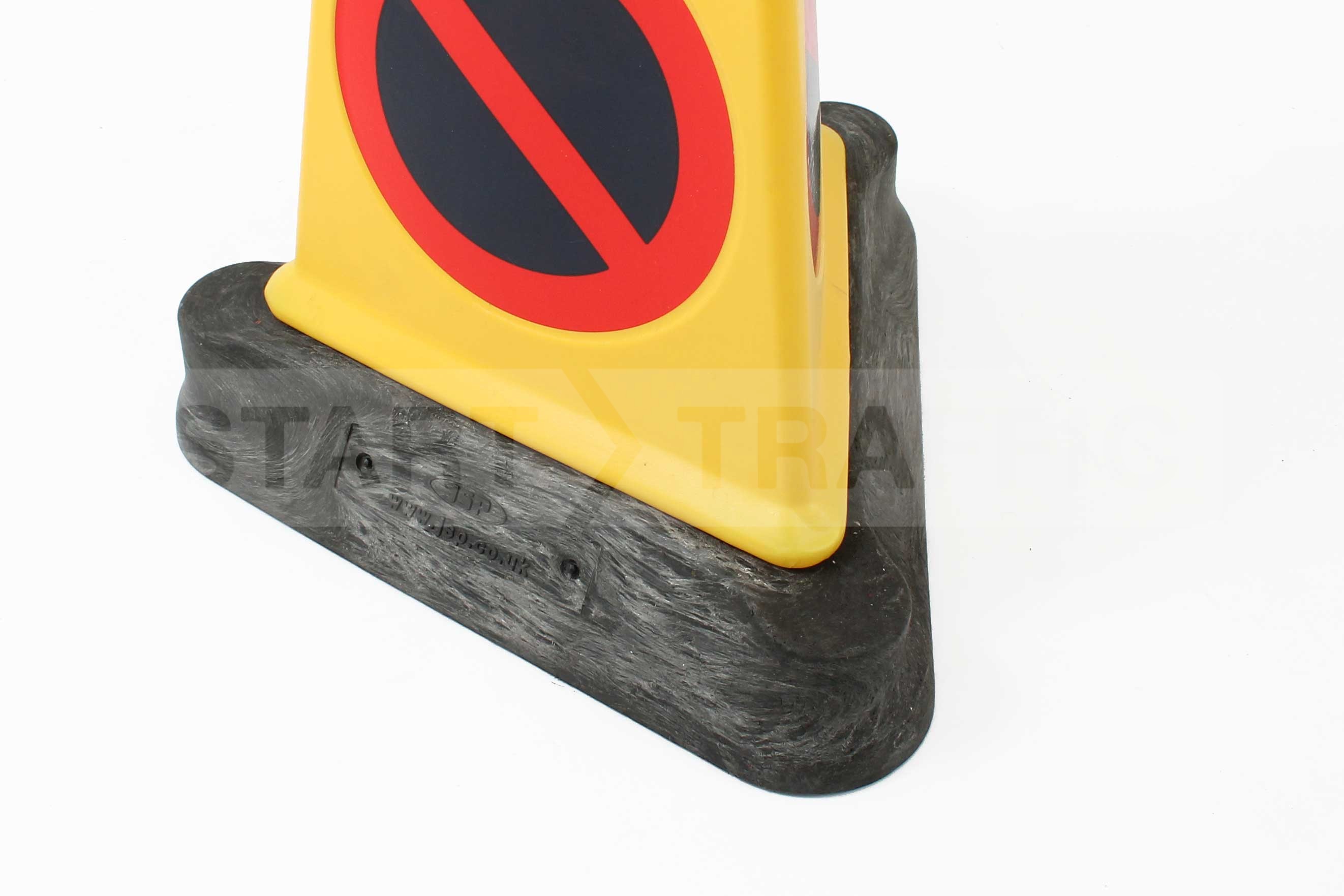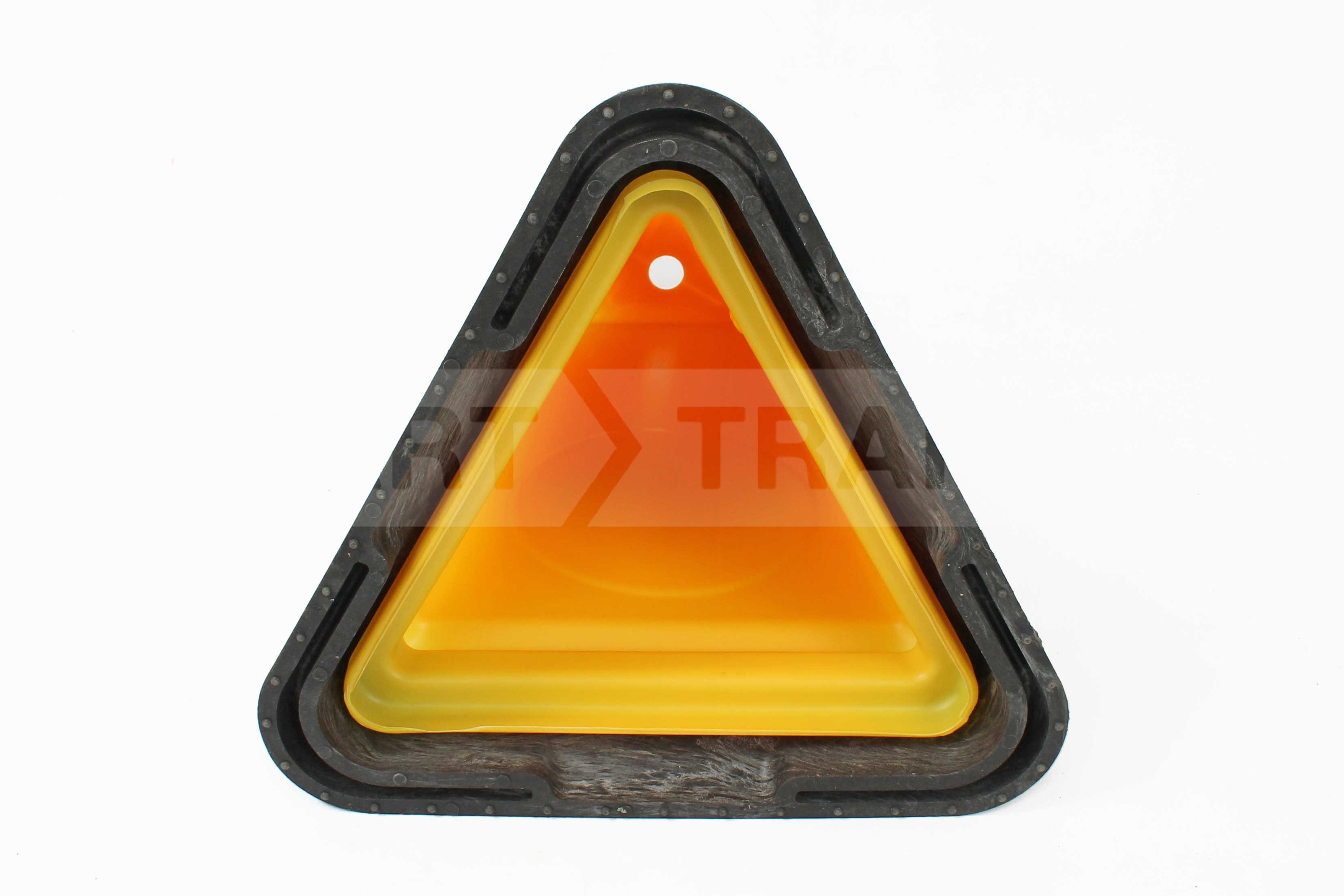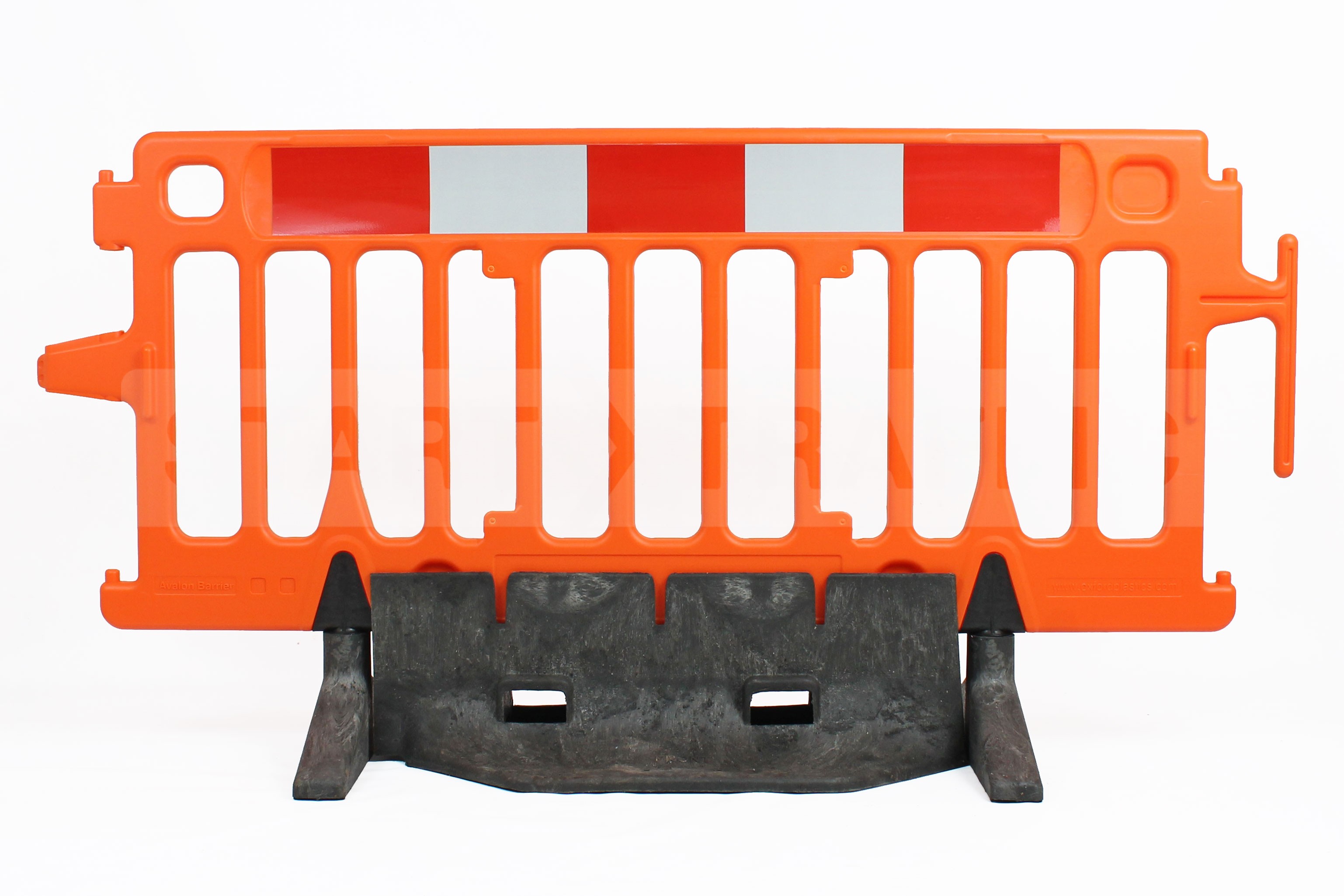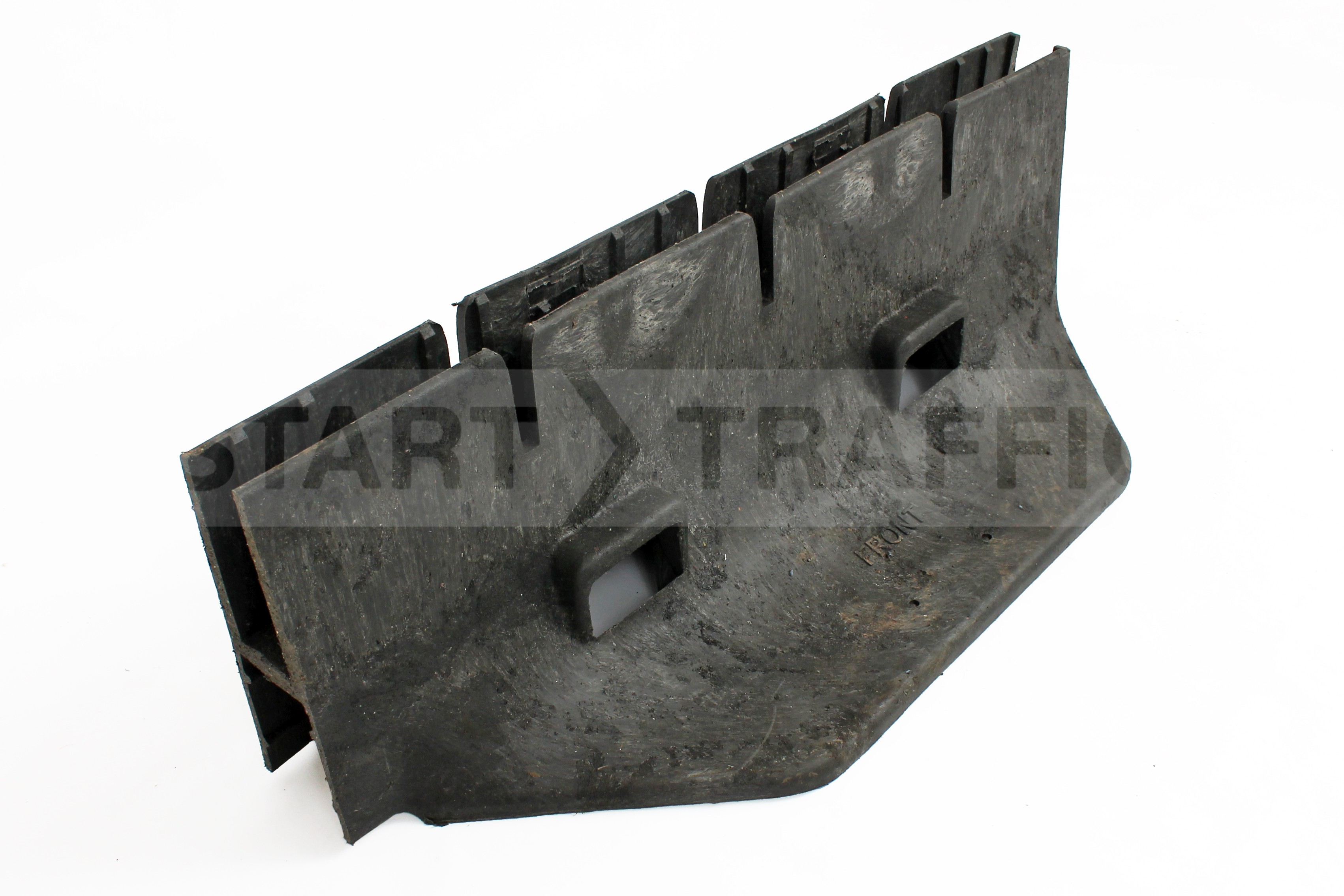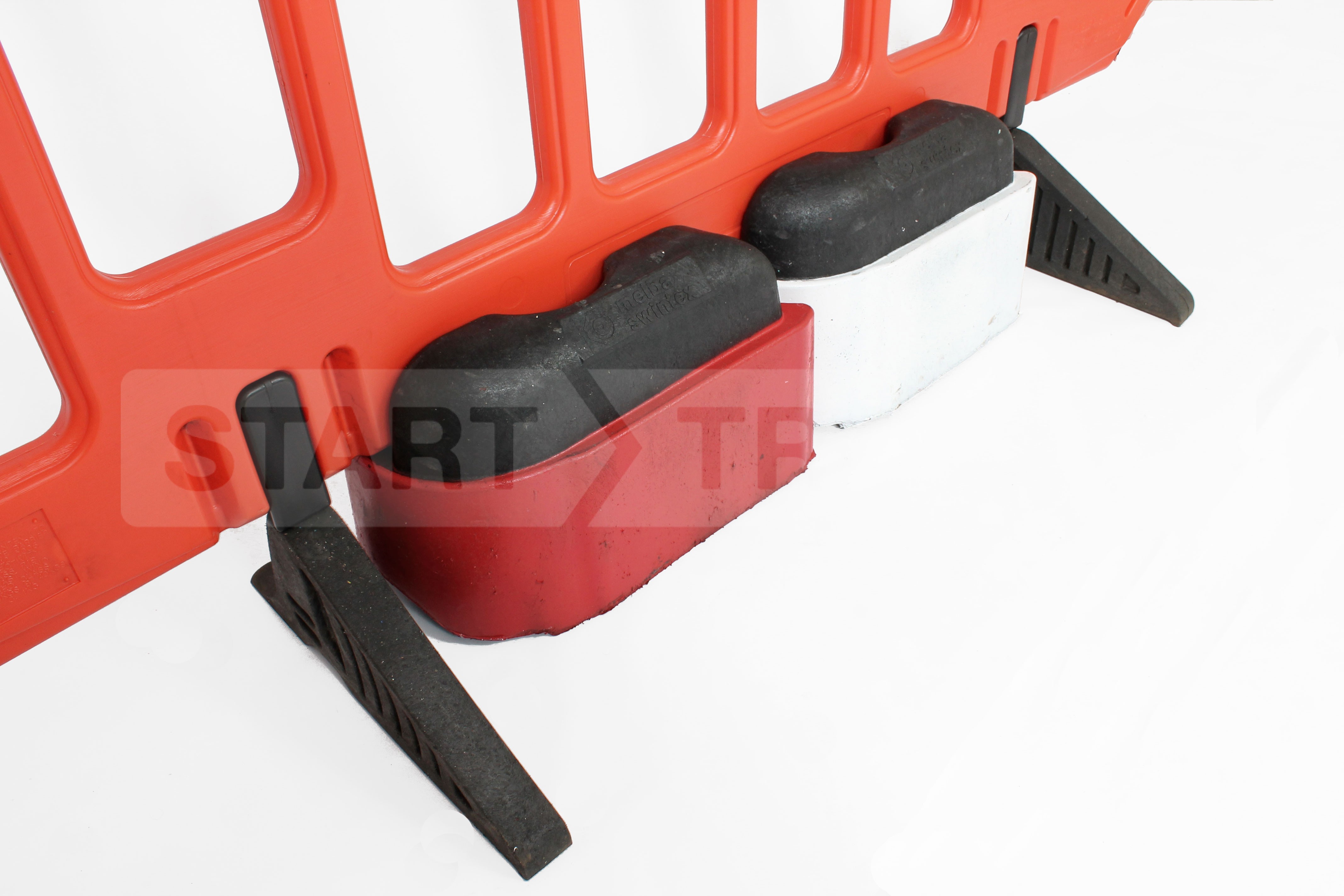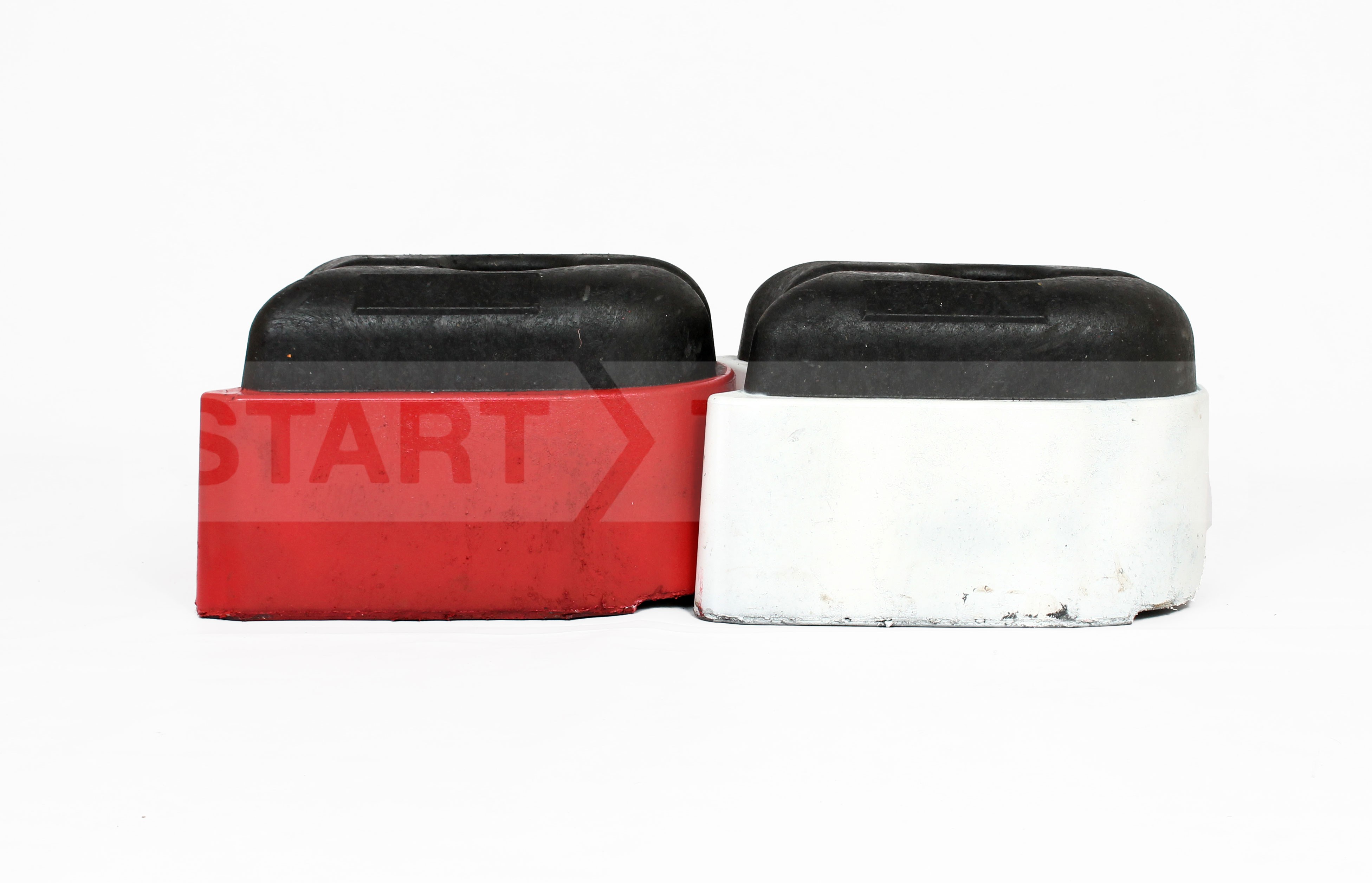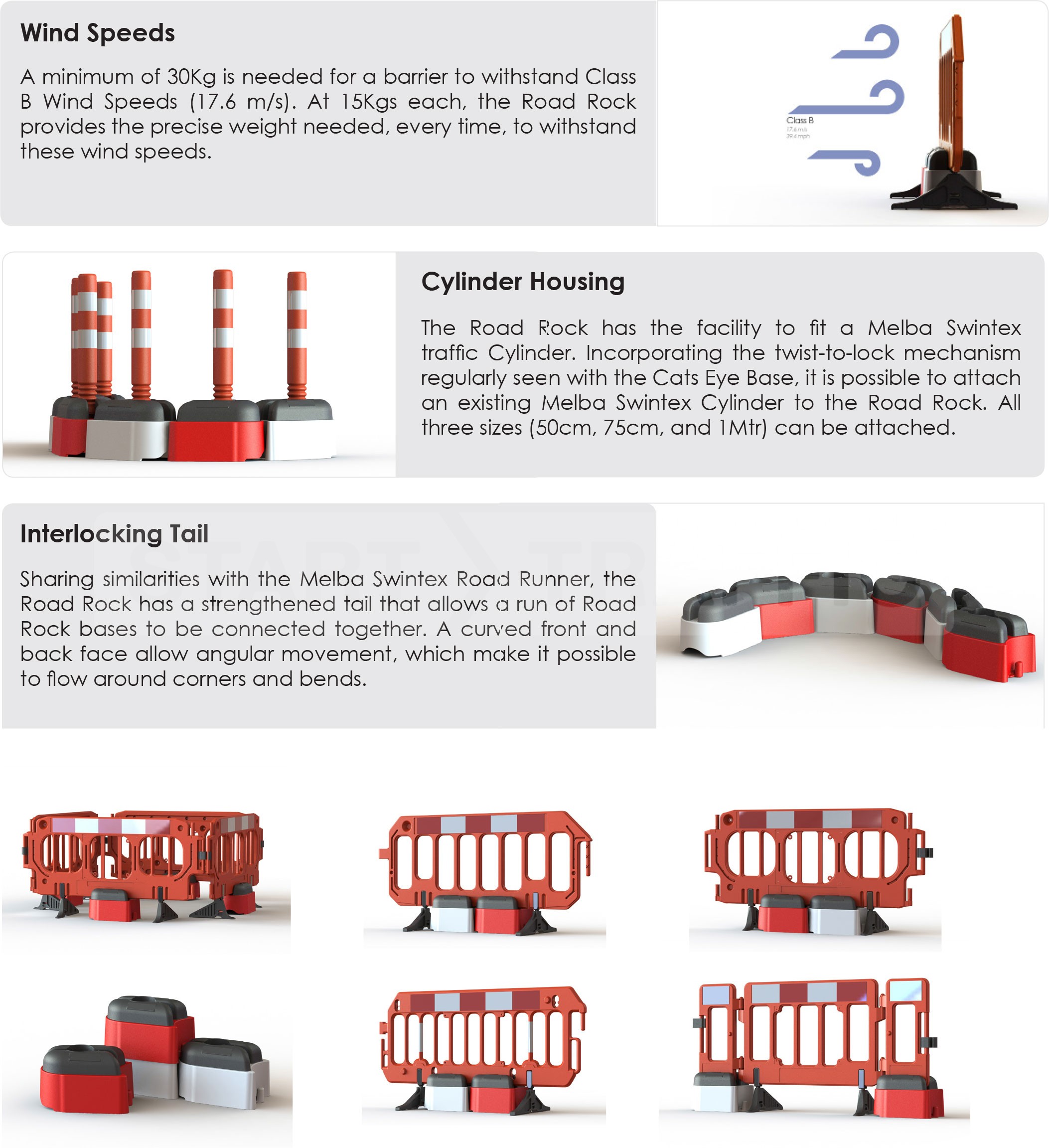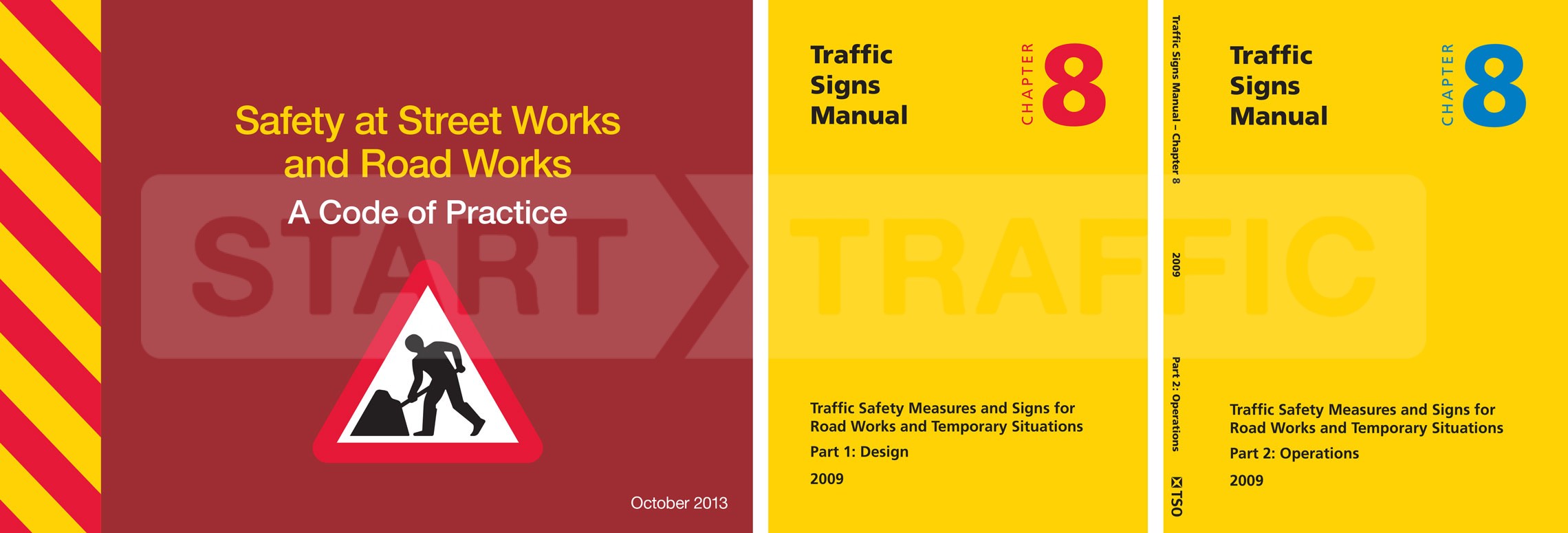The Tuff Foot from Melba Swintex is another product to help combat the problem of pedestrian barrier stabilisation. It is effectively twice the width and weight of the standard foot, bringing the weight of the foot up to 5kgs creating both a more stable and stronger structure.
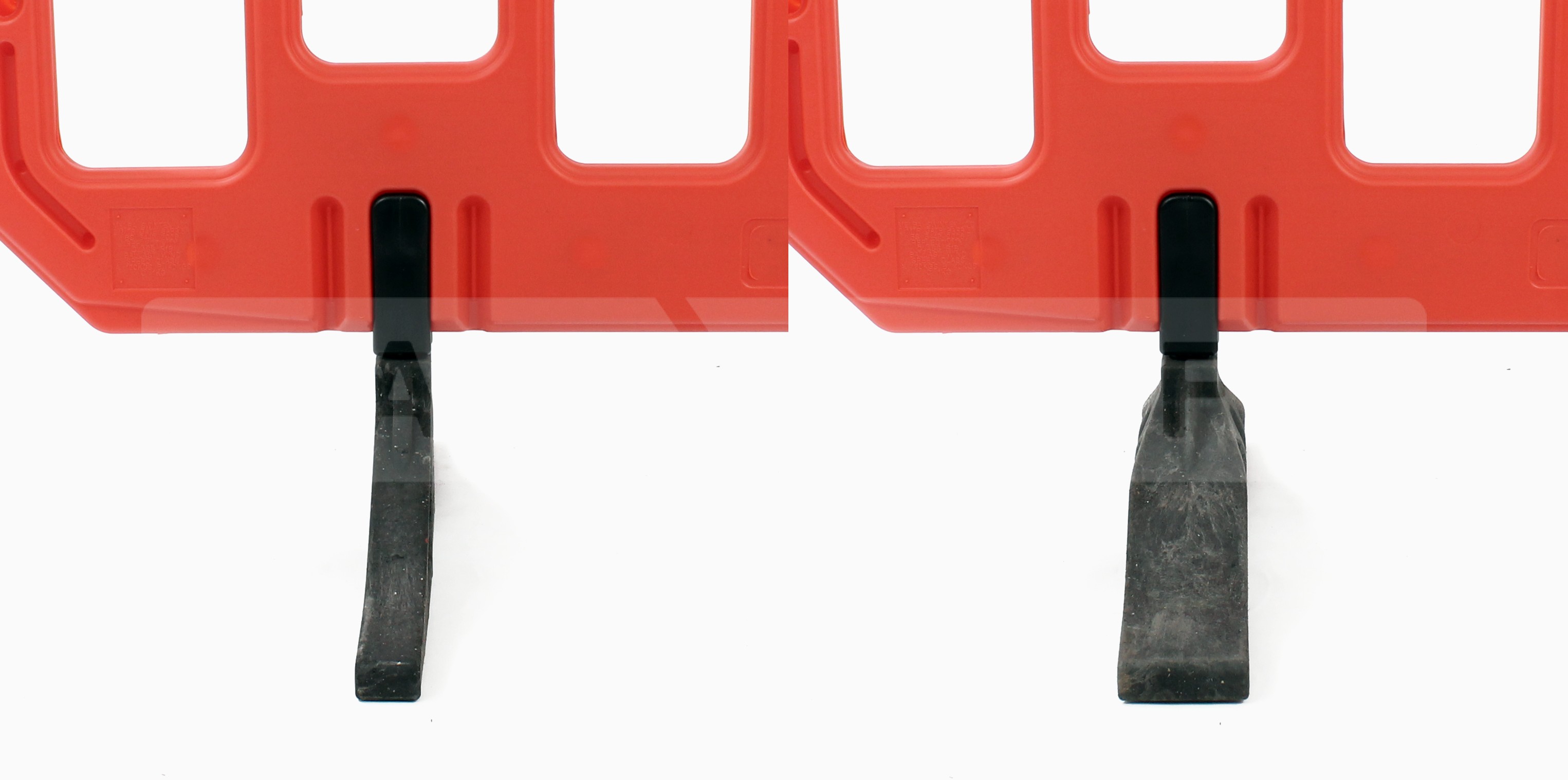
The heavy duty construction makes this foot far more robust than any other type – it is almost impossible to break or crack making it particularly suitable in longer term applications.
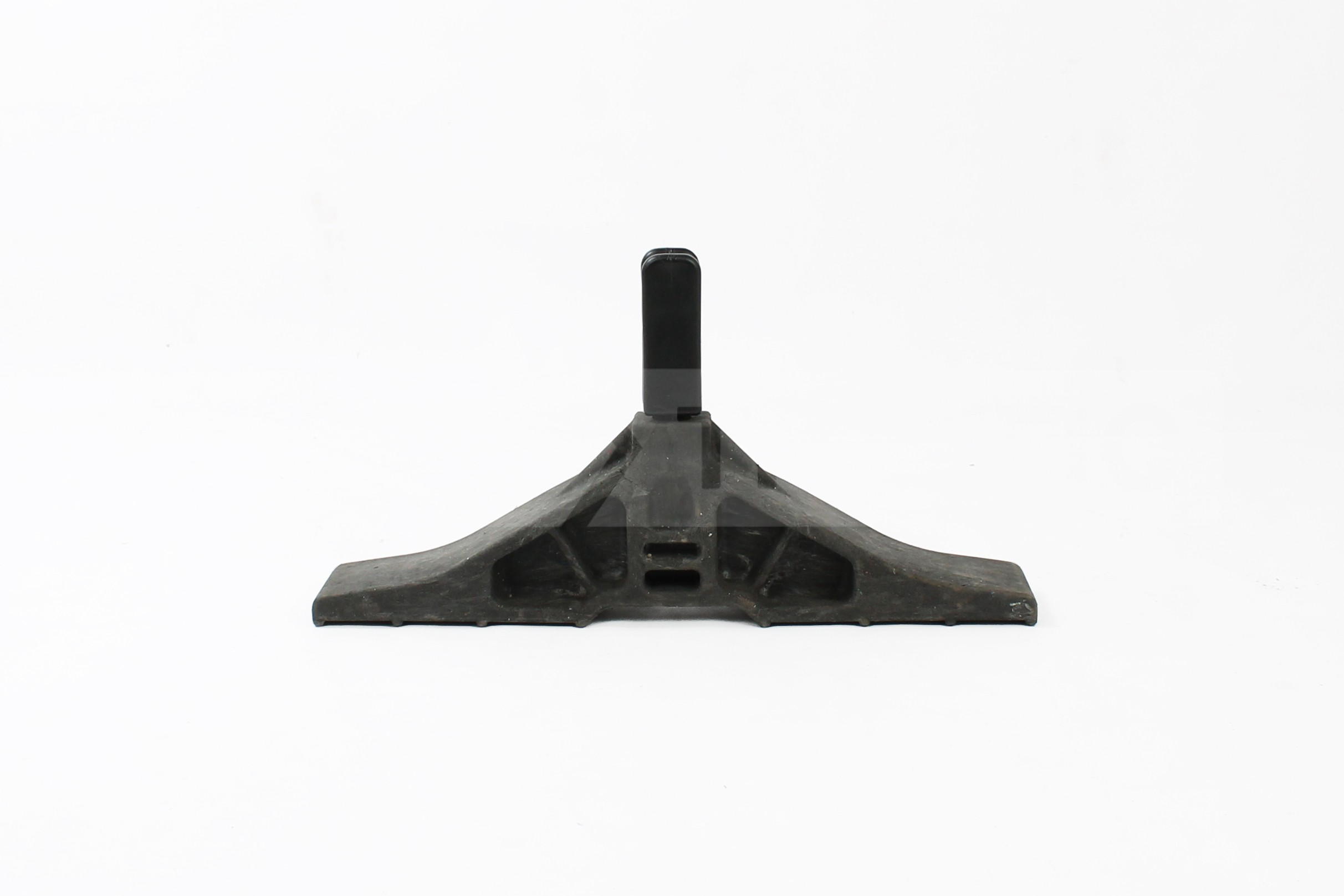
The Tuff foot is sold separately and is compatible with all Melba Swintex pedestrian barriers. This makes it a suitable replacement foot for the Gate Barrier, Boss Barrier, Master Barrier, Olympus barrier and all other Melba Swintex branded barriers.
